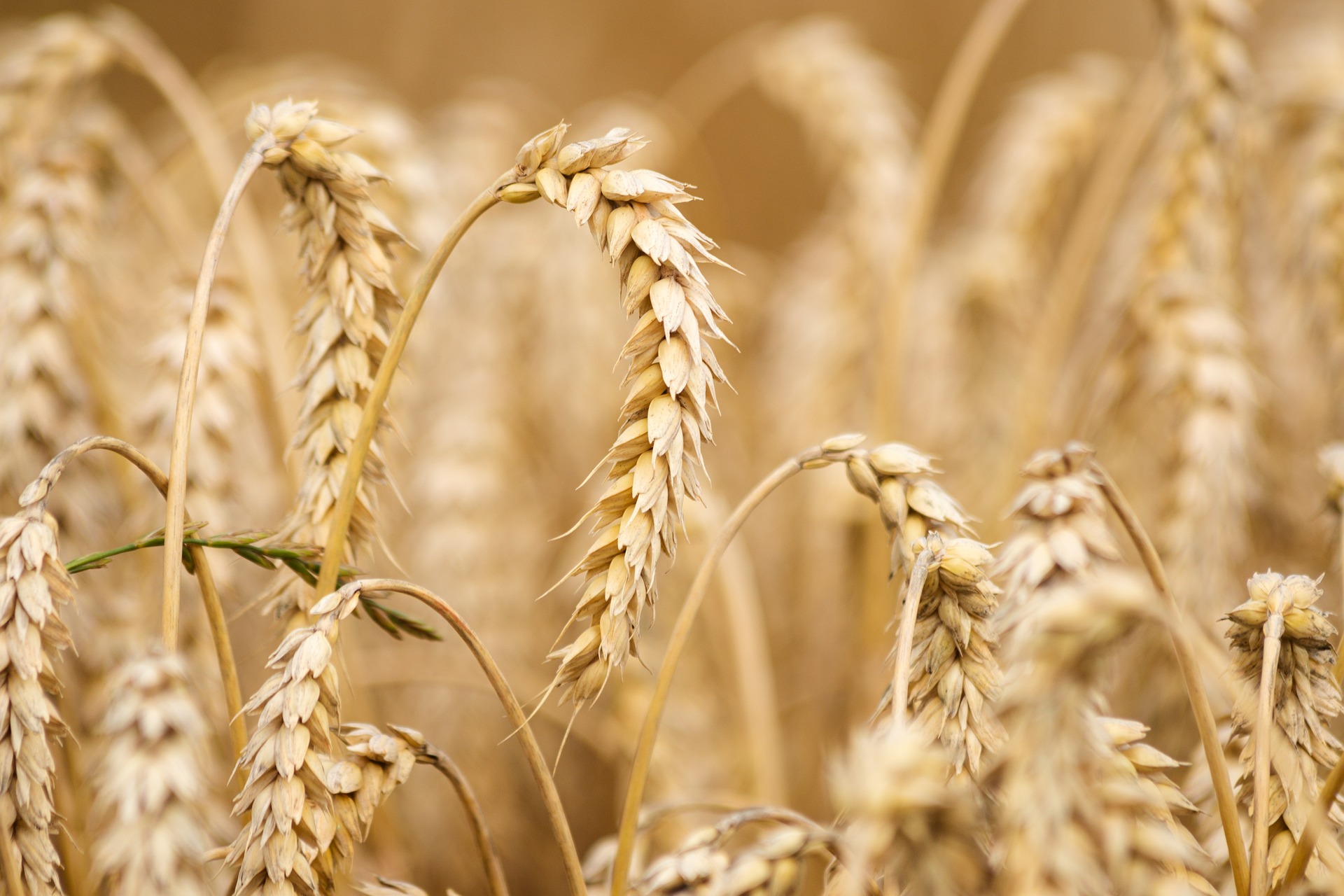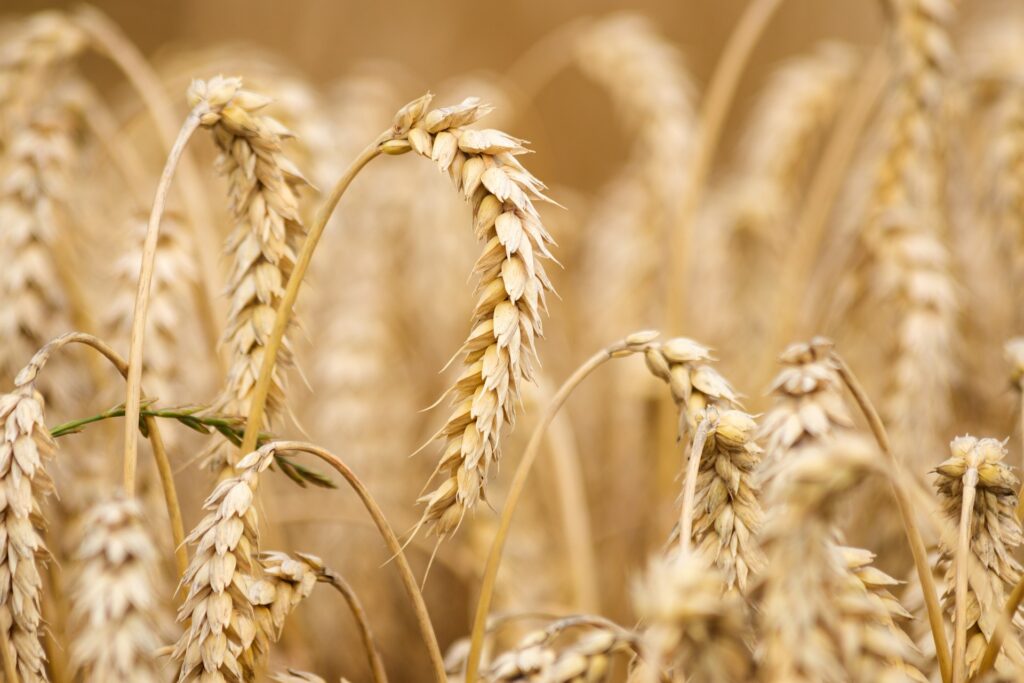
Image: Pixabay
Global conditions boosted the wheat harvest, which required more inputs.
The Brazilian wheat pesticide market generated R$ 2.4 billion in the 2022 harvest, revealed the annual FarmTrak Trigo study, by consultancy Kynetec. Revenue recorded last season represented an increase of 60% compared to the R$ 1.5 billion handled in the previous cycle.
{module Form RD}
According to Kynetec, the conflict in Eastern Europe, as well as climate problems in Argentina and the favorable exchange rate for Brazilian exports boosted the wheat harvest, which required more inputs. According to FarmTrak, wheat is already the fifth largest crop in pesticide transactions in Brazil, behind only soybeans, sugar cane, corn and cotton.
“Wheat exports are at historic levels, reinforcing the need for more productivity”, explains Gabriel Pedroso, market intelligence analyst at the consultancy. According to Pedroso, the cereal cultivated area increased again and occupied 2.7 million hectares in the last harvest.
Kynetec, says the executive, recorded an average growth of 9% in planting areas over the last five years. The main producing states, Rio Grande do Sul and Paraná, are home to 91% of the area covered in the study: 1.4 million hectares and 1.1 million hectares.
Regarding exports, the research highlights that shipments of winter cereal totaled 2.5 million tons, despite domestic consumption in the range of 12.3 million tons, or 2.8 million tons above the record production of 9 .5 million tons, projected by Conab in the 2022 cycle.
According to Kynetec, herbicides led the commercialization of agrochemicals in wheat, with R$ 1.2 billion in sales and 47% of the total, an increase of 103% compared to the 2021 harvest. Foliar fungicides appear in second position: R$ 743 million or 30% of the total , high of 47%. Foliar insecticides and inputs for seed treatment maintained their share: each segment accumulated 10% of sales, R$ 224 million and R$ 177 million.
“In addition to the increase in input prices observed in the herbicides segment, some technological management also pushed this category up, such as more representative rates of use of products for crop desiccation, graminicides in planting desiccation and pre-emergence applications”, highlights Gabriel Pedroso. According to him, these products totaled R$ 540 million.
Pedroso also adds that in the fungicides category, control of wheat rust remains the main target, equivalent to R$ 378 million. The executive recalls that there was also an increase of 6% in the adoption of products to manage powdery mildew disease, to R$ 101 million. Inputs for leaf spot and ear diseases raised R$ 222 million and R$ 35 million.
“In general, the main target for agrochemical applications in wheat is ryegrass, which consumes 18% of the amount disbursed by the producer or R$ 450 million”, highlights Pedroso. Among insecticides, he concludes, the biggest movement was for 'aphids', around 60% or R$ 134.4 million.
Source: Leonardo Gottems | agrolink















